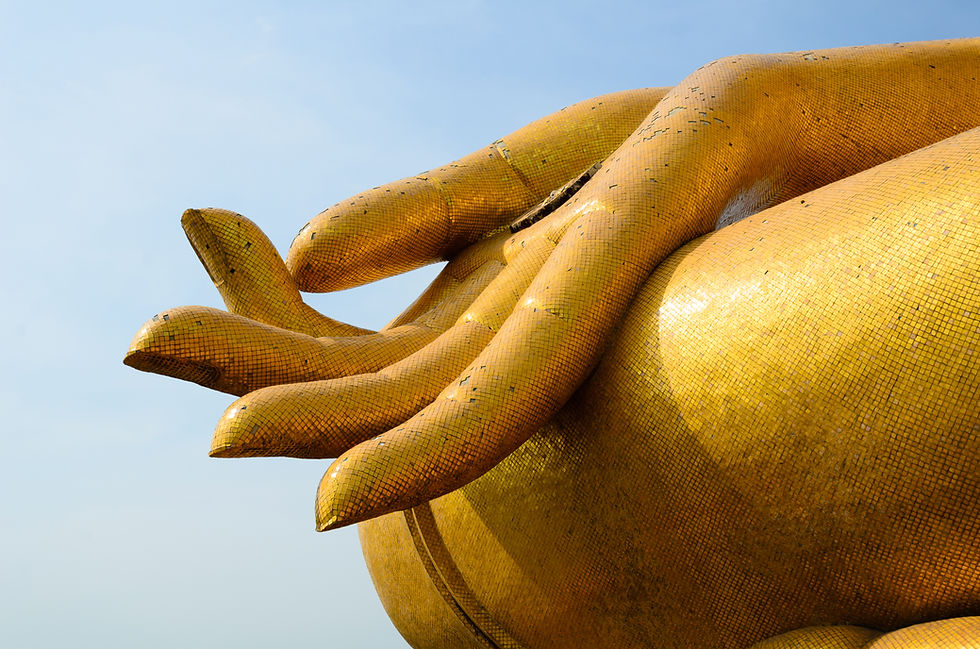Language of Art
- catherine stemper

- Oct 16, 2023
- 2 min read
In past posts I have described the rules of design and their importance. The first rule of design is Form Follows Function. The second rule of design is Keep It Simple. The third rule is Mind Your Connections. Once all those rules have been followed or broken with purpose, an artist designer needs to develop their Language.
Im writing about artistic language because I rarely see it in other jewelry artists. Most handcrafted jewelry looks very much the same to me. A lot of it is geometric shapes, with a nice stone set somewhere arbitrarily, maybe a an abstract design with a spiral or other twists of wire or gold blobs. It might be very nicely crafted and pretty to look at, but has no unique voice. Many artists and designers start by doing whatever it is they like to do. They keep doing it, making mistakes, back steps, adjustments, detours, and tangents. Some makers make the same thing over and over never branching out or exploring options. One ends up with a portfolio of work that looks disjointed, hard to understand, and maybe looks like everyone else's work. The other has a big pile of same on same.
A designer's or artist's language is synonymous with style, but is more than style. Style is part of language. The language of the artist has to do with the inspiration, the technic, and ability of the artist. Keep your language defined and purposeful. When I first started making jewelry, I was inspired all sorts of things. My jewelry language was broad. I had the nature bits, but I also had some geometric things, some things that were just gimmicky. I used to make the hollow geometric forms and even tea cups. Over time, I realized how nature was my dominant inspiration. I carefully examined my process and organized my work into three related collections: forest, beach, and garden. I also limited my inspiration to the Pacific Northwest. Working only with metals is another definition of my language. I do not set stones and do not use color. My work is mostly representational, but some is abstract, yet still derived from nature. My style is simple, and clean. People have called my work whimsical too. Your work should reflect you. Express your true self and your art will show it.
Being a good designer requires developing an identity, a style, a language. Why be an artist or a designer if your work looks like everyone else's?








Comments